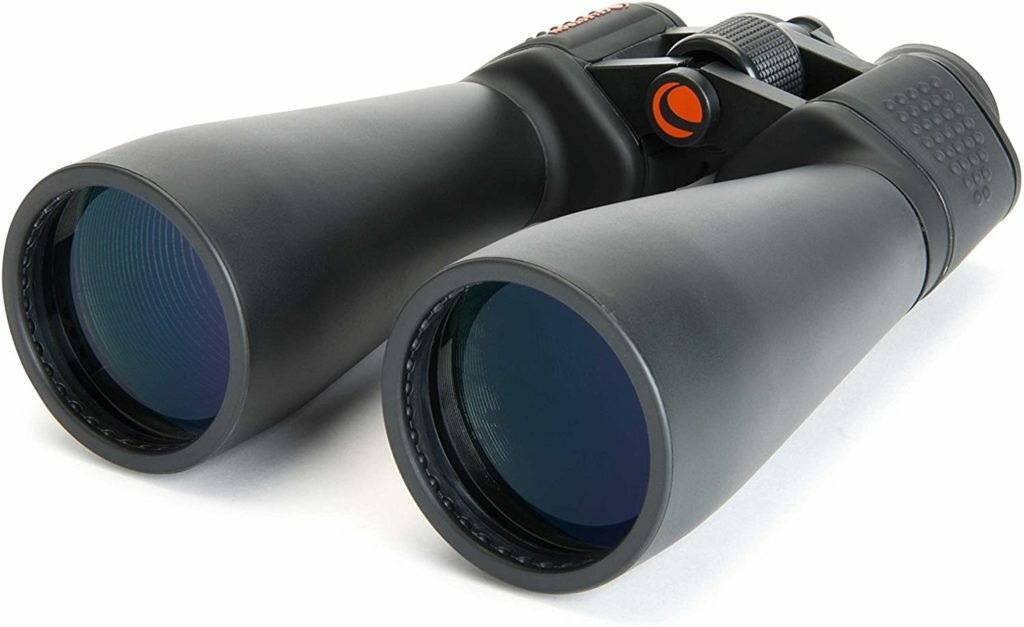Best binoculars for the money - There are two basic ways that many people choose their binoculars when they haven't done their research or know very little about the best binoculars for the money.
Because it's a frequent misperception that bigger magnification equals better binoculars, the most popular approach is to choose the biggest magnification at the lowest cost. This is a fatal confluence, and the result is a pair of optics that are barely better (and in certain cases worse) than toys - despite being inexpensive, they nevertheless represent poor value for money.
For those who can, they simply choose the most costly pair of binoculars available, which is the other extreme. At least in this instance, they can nearly always count on receiving a top-notch set of binoculars. But do they offer good value for the money?
This is where you run into trouble when trying to determine what constitutes a decent deal in binoculars. Consider Bill Gates as an example. Even the most pricey pair of binoculars would not be a problem to him, and as long as they offer excellent performance and high-end optics, he would consider them to be a worthy investment.
The money he paid might appear expensive for the very modest performance gains to the average person. Thus, as you can see, "good value" refers to the price that you consider to be appropriate.
How do you choose the best binoculars for the money?
A binocular that offers the most features, highest-quality parts, and finest quality images for the smallest amount of money is what we consider to be good value for money.
The Celestron SkyMaster Pro 15x70 binoculars


With a good balance of magnification, aperture, and portability, the Celestron SkyMaster Pro 15x70 binoculars provide an amazing astronomy experience.
Even if they have among the best telescopes, almost all amateur astronomers own a pair of binoculars. The best binoculars have features that telescopes lack, including instant availability, ease of use, the ability to easily point at any object in the night sky without the need of motors, as well as a wide field of view. They enable you to observe with both eyes, which is far more pleasant than doing it with just one. Additionally, they are reasonably priced.
A magnification of 10 is just a little bit too low to see a large number of fainter deep-sky objects. In this case, 15 x 70s are useful. The improved power of the binoculars allows you to see many more objects while maintaining their portability.
Why should you buy these binoculars?
These binoculars offer an excellent astronomy experience at a fair price. While they won't offer you close-ups of planets or expose the farthest galaxies, there are some views that simply cannot be obtained with a telescope, but they make up for it by offering stunning wide-field views under a good, dark sky.
You don't need to put your eyes very near to the eyepieces for you to see the entire field of view because the binoculars have a considerable eye relief of 17 mm.
The Celestron binoculars, like many other binoculars, include a tripod bush on the center pivot and come with a robust metal bracket accessory so you may attach them to a tripod or even a monopod, which may be more handy.
To reduce the possibility of internal misting, the Celestron SkyMaster Pro binoculars are nitrogen-filled and waterproof. You might believe that you don't need waterproofing because you rarely observe in the rain, unlike with binoculars made for birdwatching or sailing, for example. However, you should keep in mind that even the brightest nights are frequently dew-laden.

